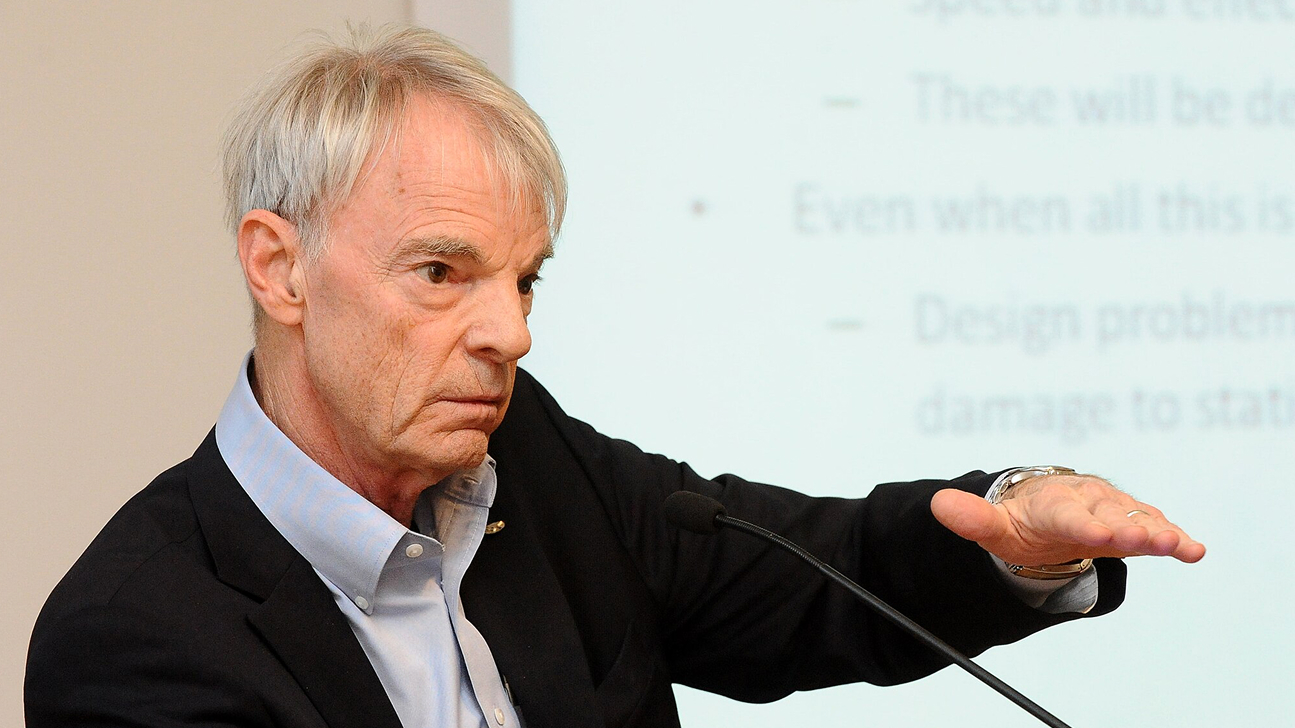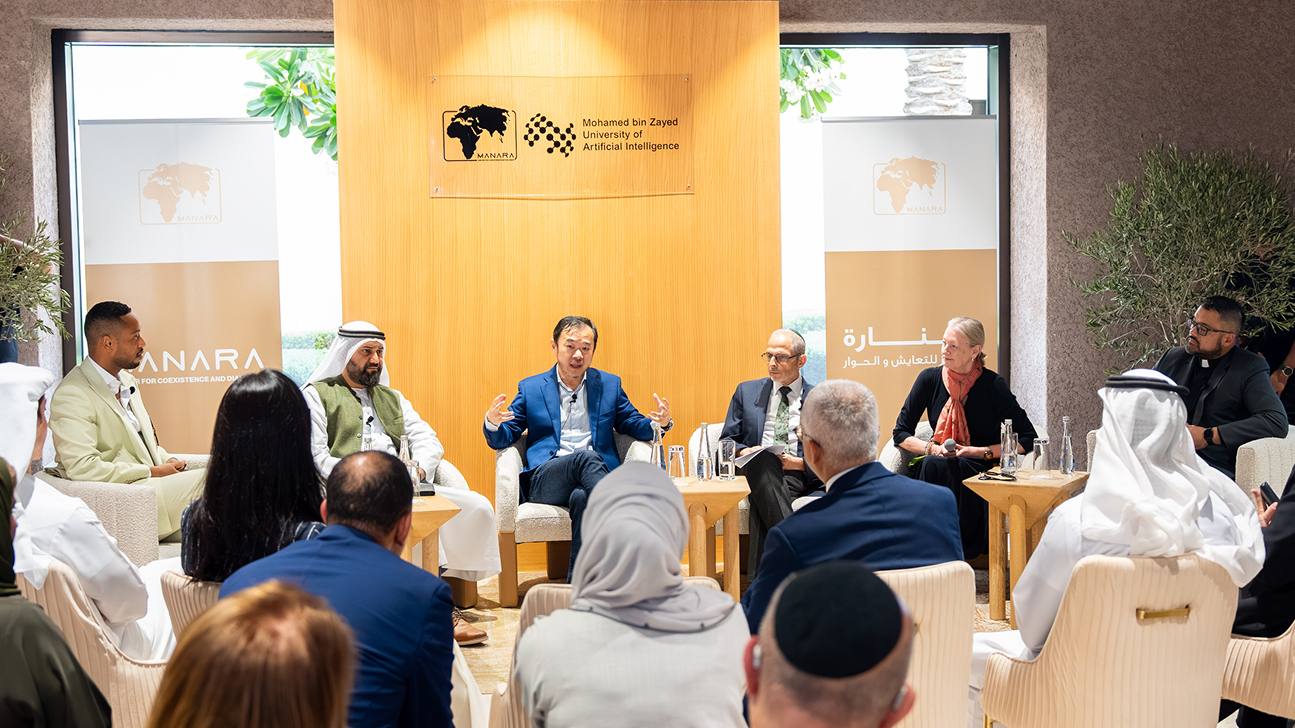Image- and AI-guided robotics for minimally invasive surgery
Tuesday, November 12, 2024
Over the past two decades, Minimally Invasive Surgery (MIS) has advanced significantly, enabling precise interventions through small incisions. MIS minimizes patient trauma, reduces blood loss and infection risk, and accelerates recovery compared to open surgery. Image-guided needle insertion is essential in MIS for targeting specific areas while avoiding sensitive tissue. To support precise targeting, we developed robotic path-planning and control algorithms that steer flexible needles, incorporating teleoperation and haptic feedback to keep clinicians in control. During my work at Harvard Medical School, I investigated the respiratory motion as a common cause of targeting inaccuracy. To address this, we designed an AI algorithm that predicts target motion, enabling accurate needle placement even with respiratory-induced movement. Further, we used GANs to generate synthetic images that visualize organ and tumor motion caused by breathing. Soft robotics, inspired by natural flexibility, presents new possibilities for MIS, particularly in designing adaptable, endoscopes. Soft materials and origami-based structures enable the development of bendable endoscopes, reducing the risk of damaging delicate tissue. Through pneumatic actuation, our robotic endoscopes allow controlled bending and stiffness, enhancing navigational precision. This work, conducted at the University of Twente and Harvard Medical School in collaboration with UNC Chapel Hill, the University of Genova, Siena University, Johns Hopkins University, and Radboud University, demonstrates the potential of robotic solutions to enhance MIS through precision, adaptability, and clinician control.
Post Talk Link: Click Here
Passcode: 8jeLU#!Q
Speaker/s
Momen Abayazid (Member, IEEE) received the M.Sc. degree in Biomedical Engineering from Delft University of Technology, Delft, Netherlands, and the Ph.D. degree in Surgical Robotics from the University of Twente, Netherlands. In 2015, he was a postdoctoral research fellow at Harvard Medical School and Brigham and Women’s Hospital, Boston, MA, USA, where he worked on robotic image-guided needle insertion and motion compensation using AI. Since 2017, he has been a faculty member and currently an Associate Professor in the Robotics and Mechatronics (RaM) Group at the University of Twente and a visiting Associate professor at Radboud University Medical Centre. His research interests include robotics for medical applications, soft robotics, and image-guided interventions.
Related
Nobel Laureate Michael Spence on how AI is redefining the global economy
Nobel Prize-winning economist Michael Spence explains how AI is reshaping the economic landscape and what is needed.....
- digital policy ,
- governance ,
- Nobel Prize ,
- guest talk ,
- guest lecture ,
- economics ,
- Economy ,
- Undergraduate ,
Understanding faith in the age of AI
MBZUAI hosted a panel discussion in collaboration with the Manara Center for Coexistence and Dialogue focused on.....
- connection ,
- discussion ,
- religion ,
- spirituality ,
- faith ,
- conversation ,
- panel ,
- Human–computer interaction ,

